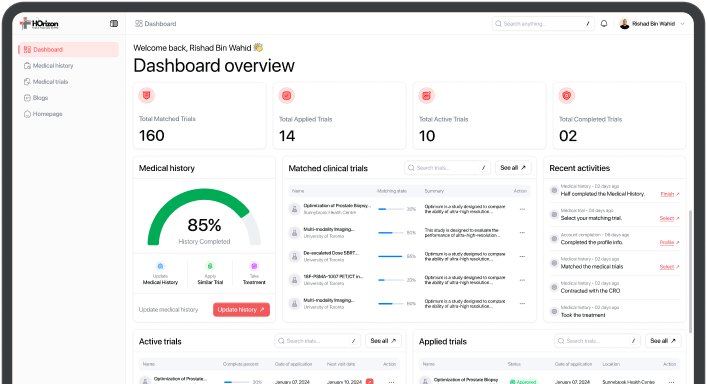
Sentry Study: Raman Spectroscopy on Ex Vivo Lungs
Contact information
Judy McConnell
Toronto General Hospital
Toronto, Ontario, Canada
Basic information
18-30, 31-40, 41-50, 51-60, 61-70 Age
50 Enrollment
Cancer Lung Cancer
Trial Details
Brief Summary
In this proof-of-concept, ex vivo study, the study team will investigate whether Raman spectroscopy technology is a good candidate for the identification of cancerous lung tissue.
Official Title
A Prospective Pre-Market Proof-of-Concept Study for Ex Vivo Raman Spectroscopy Measurements on Excised Lung Tissue With the Sentry System
Selection Criteria
Eligibility Inclusion Criteria
-
- Aged 18 or above,
- With suspected or confirmed diagnosis of lung cancer,
- Scheduled for lobectomy surgery,
- Able to give informed consent.
Eligibility Exclusion Criteria
-
- Suspected or confirmed diagnosis of mucinous adenocarcinoma of the lung
- Undergoing neoadjuvant therapy. (This exclusion criterion is intended to minimize confounding optical signals such as fluorescence or near-infrared Raman signals that could arise from the presence of chromophores derived from neoadjuvant medication.)
- Previously diagnosed with cystic fibrosis or other lung disease, with the exception of Chronic Obstructive Pulmonary Disease (COPD) and ILD (Interstitial Lung Disease), i.e., patients with COPD or ILD will not be excluded from the study.
- Tumor size below 1cm3
- Resected lobe does not allow Surgical Pathology team to section two study specimens of minimal size 1.5cm × 1.5cm. In this case the patient will be found ineligible after consent.
